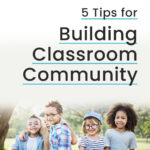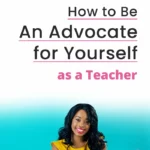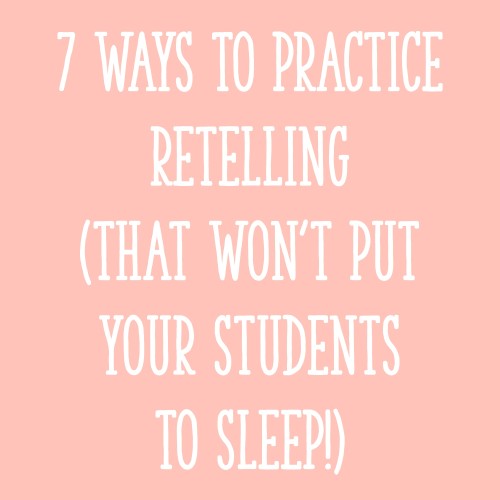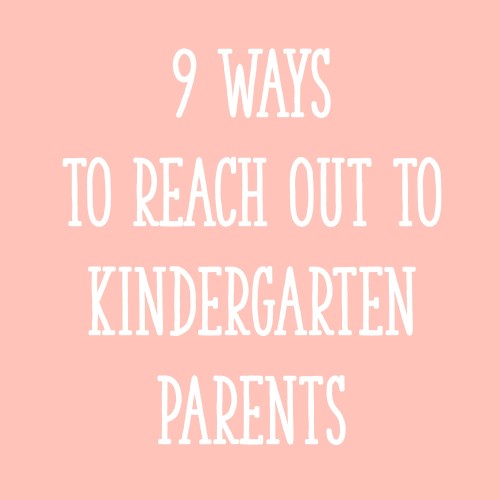I’m sure you’ve heard the saying, “A picture is worth a thousand words.” Right? Well, this isn’t entirely true. Not for primary students, anyway.
Here’s why: primary kiddos LOVE seeing photos of themselves and their friends. So a picture is worth far more than a thousand words in the classroom – it’s worth a thousand words + engagement in learning + a whole lot of excitement!
There are tons of different ways to use classroom photos on a daily basis. I’ve used photos for center rotations, supply labels, and more. However, today I’m going to focus on using authentic photos to teach literacy. Keep reading to learn about three different ways I’ve used classroom photos to teach literacy skills to my students!
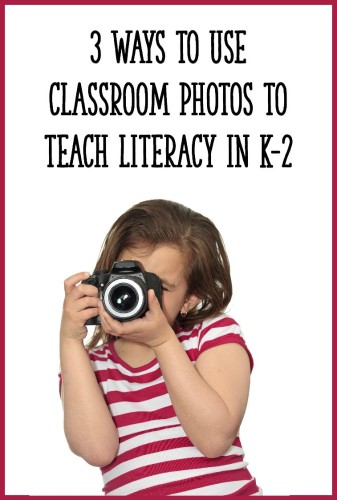
Photo credit: Kamira/Shutterstock
1. Making a class book. The possibilities are endless here! All you need is a camera and word processing document to create books for your students. You can use photos from a class field trip, special visitor, or any ordinary day to create books for your students to read. You can create the book yourself, or you can engage students in creating the book.
When the local fire department visited my Kindergarteners during our Community Helpers Unit, I took a series of photos that showed the fireman putting on his gear. Then, I put each photo on a separate page of a word processing document. I printed out the photos, mixed them up, and had students help me put them back in the correct order (great sequencing practice). We then created a class book to describe how a firefighter gets dressed in the special gear. Students dictated the words for me to write on each page, and I wrote them down. Then, I laminated the book and placed it in the reading corner. It was the “hottest” item in our classroom library for weeks!
Another great way to use photos is to create patterned books for pre-readers or beginning readers. One year, I took photos of the kids working in various centers. Then, I created a book that read something like this: “I can write” (photo of a child writing) – “I can build” (photo of a child building with blocks) – “I can paint” (photo of a child painting) – and so on. I placed only one sentence and photo on each page. I then made copies of the book and had students place them in their book bags. They loved “reading” the books during independent reading at the beginning of the year, and eventually I had the kids take the books home.
2. Having students participate in writing about the photos in a newsletter, classroom blog, or their own books. One year when I was teaching summer school, I had my kids help out with our weekly newsletter. Students got to take turns taking photos and then writing about those photos in the newsletter. You could do the same for a classroom blog, or even have your kids create their own blogs with photos using Kidblog. If you have iPads in your classroom, you can have students take photos on them. Students can then write about the photos using an app like Book Creator.
3. Teaching vocabulary. If you have a vocabulary wall or use vocabulary visual aids during your lessons, you can incorporate photos from your classroom (and beyond) to teach words. For example, you could snap a photo of a student holding a ball above their head and use it to teach the vocabulary “above.” Using a real photo to teach words definitely makes vocabulary words memorable for students!
Have you used photographs in the classroom to teach literacy? I would love to hear your creative ideas, so please comment below! And speaking of photos, be sure to follow me here on Instagram for the ideas and updates I share!
Happy teaching!

